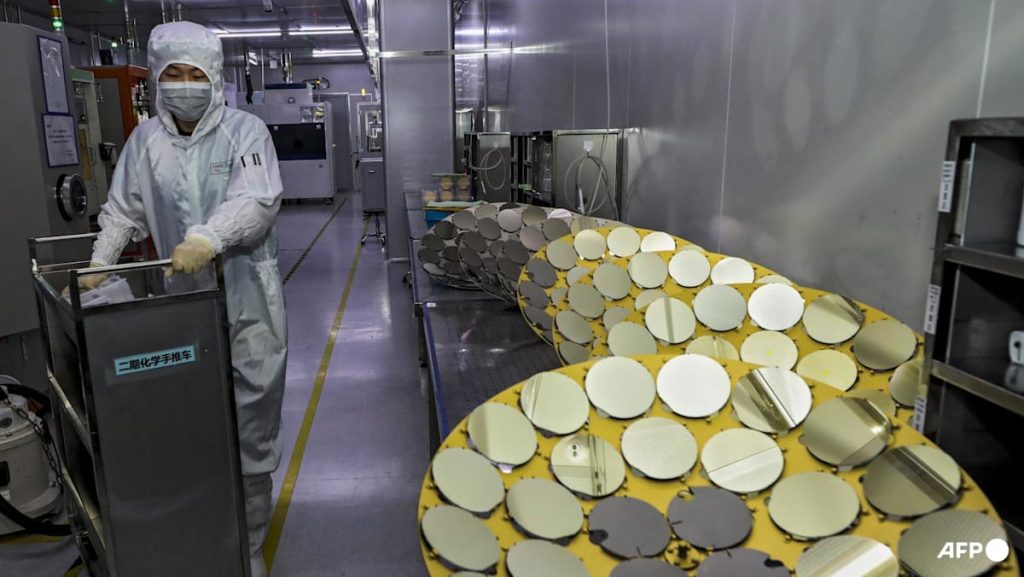TWO-TRACK AI ECOSYSTEM
For Nvidia and other global firms, the key takeaway is that access to China’s market is now far less certain than before. Companies must prepare for the possibility that AI systems will diverge, with one path aligned to US standards and another built around Chinese technology.
China has many of the ingredients needed to sustain the divergence. One recent analysis counted more than 950,000 AI papers from Chinese researchers, compared with about 1.36 million from the US. China now has a larger pool of AI scientists, more than 105,000 compared with around 94,000 in the US.
That makes hedging essential: A company tied only to the US or only to China risks being shut out of the other.
How companies hedge between AI ecosystems depends on the industry. In life sciences, for example, running drug discovery or clinical trials requires access to local data and regulatory approvals in both markets. That means companies increasingly need “two tracks” of infrastructure – separate AI models, IT systems and clinical workflows – to stay competitive.
Using US tools alone may not cut it in China, and vice versa. This is the kind of dual approach some firms are already adopting to stay relevant in both ecosystems.
The broader lesson is that innovation needs consistency. Industries such as AI, biotech or clean energy only thrive when governments stick to policies over years rather than flip-flopping. Frequent reversals kill investment.
In the race to shape the future of AI, China is playing the long game – and it’s willing to lose ground now to control the terrain later.
Howard Yu is the LEGO® Professor of Management and Innovation at IMD business school in Switzerland and serves as Research Director of the Center for Future Readiness.


